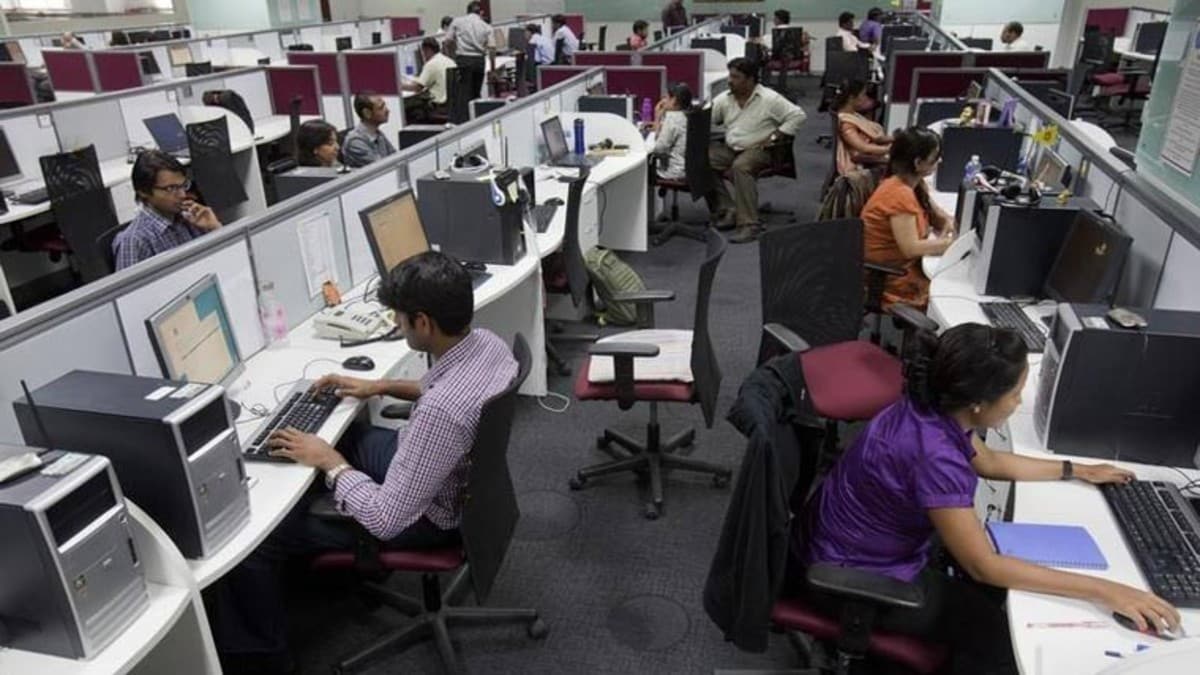Nearly three days after the devastating earthquake that struck Myanmar, efforts to rescue survivors from under the rubble continue, although the window of opportunity is shrinking. Friday's 7.7 magnitude earthquake, with its epicenter just 10 kilometers deep, continues to produce aftershocks—around 170 as of Sunday, according to the Thai Meteorological Service—and the difficult access to the worst-hit areas and power, internet, and telephone outages are complicating rescue efforts and impeding rescue work.
The latest death toll from the military junta, which has ruled Myanmar since the 2021 coup, was released Saturday night, and put the death toll from the earthquake at 1,644, along with 3,408 injured and 139 missing. Burmese authorities have received assistance from rescue teams from several countries, including Russia, China, India, Singapore, Thailand, and Hong Kong. In addition, the United Nations and humanitarian groups have deployed mobile surgical teams and field hospitals to provide urgent medical care.

The head of the International Federation of Red Cross and Red Crescent Societies (IFRC) delegation in Myanmar, Marie Manrique, summarized the consequences of the tragedy: "What we are seeing in Myanmar is a level of devastation that has not been seen in over a century in Asia," she said in an interview on CNN. She also stressed that this comes on top of an already very precarious situation in the country due to the civil war, which has been raging for four years since the 2021 coup. "Before the earthquake, there were already huge needs for humanitarian aid," she said, recalling that the war had caused the internal displacement of 3.
5 million people. "Now there are many people who have been sleeping on the streets for two nights. We must ensure they have a place to live and receive the healthcare they need," she added.
"This is not just a disaster; it is a complex humanitarian crisis on top of existing vulnerabilities," added Alexander Matheou, IFRC's Asia Pacific Regional Director, in a statement. The agency has launched an emergency appeal for more than €100 million to reach 100,000 people and offer them basic life-saving assistance and initial recovery support. According to United Nations estimates, nearly 20 million people in Myanmar have been affected in various ways by the earthquake.
This figure represents one-third of the country's population. Among the damage documented so far by the UN are 1,690 homes, 670 monasteries, 60 schools, and three major bridges that have been completely or partially destroyed. In addition, numerous universities, hospitals, and roads are damaged and unsafe, forcing millions of people to evacuate.
The war continues. Despite the devastation, the Burmese army continues bombing rebel areas, some of which are among the hardest hit by the earthquake, such as Sagaing, the epicenter of the quake. This was denounced by the Government of National Unity (GNU), which was deposed after the coup and declared a unilateral two-week truce.
Organizations such as the UN and other actors have called for an end to hostilities so as not to further complicate rescue and relief efforts. The Karen National Union, a militia that supports the GNU, also issued a statement criticizing the military government for continuing to carry out airstrikes "against civilian areas, even though the population is suffering greatly from the earthquake." The group lamented that, under normal circumstances, the army would prioritize relief efforts, but instead is focused on "deploying forces to attack its own people.
" Rescue operation continues in Bangkok Meanwhile, in Bangkok, the rescue operation continued this Sunday to try to pull survivors from under the rubble of a building under construction destroyed by Friday's earthquake. However, the effort was in vain, and no more victims were found alive. Eleven people have so far been certified dead from the collapse of these skyscrapers, while 76 people are still missing.
In addition, seven more fatalities were confirmed in other areas of the city. "We remain hopeful and continue to invest our efforts because we believe there is still a chance of finding survivors inside," said the governor of the Thai capital, Chadchart Sittipunt..
Politics

Race against time to find earthquake survivors in Myanmar and Thailand

Nearly three days after the devastating earthquake that struck Myanmar, efforts to rescue survivors from under the rubble continue, although the window of opportunity is shrinking. Friday's 7.7 magnitude earthquake, with its epicenter just 10 kilometers deep, continues to produce aftershocks—around 170 as of Sunday, according to the Thai Meteorological Service—and the difficult access to the worst-hit areas and power, internet, and telephone outages are complicating rescue efforts and impeding rescue work.















